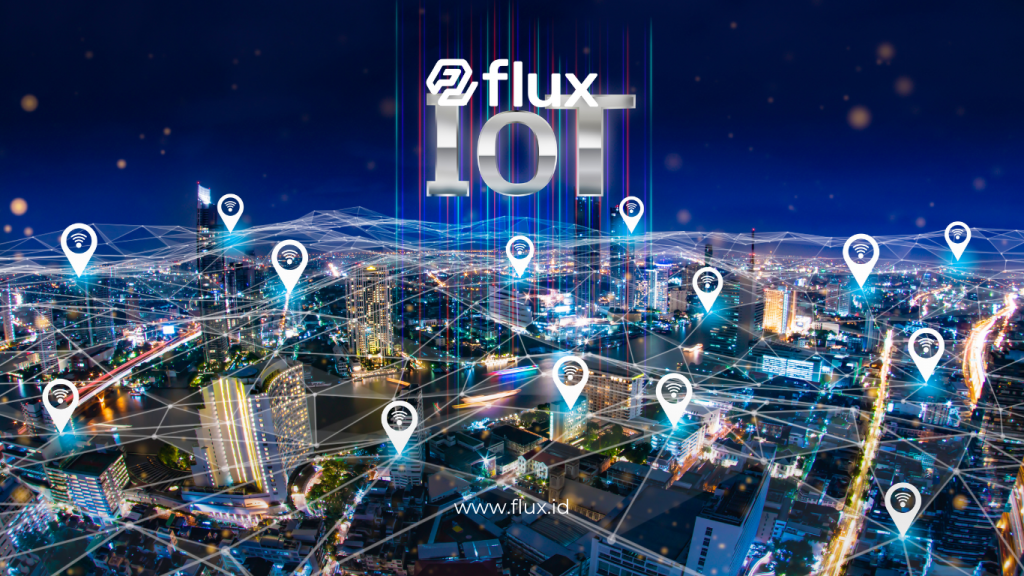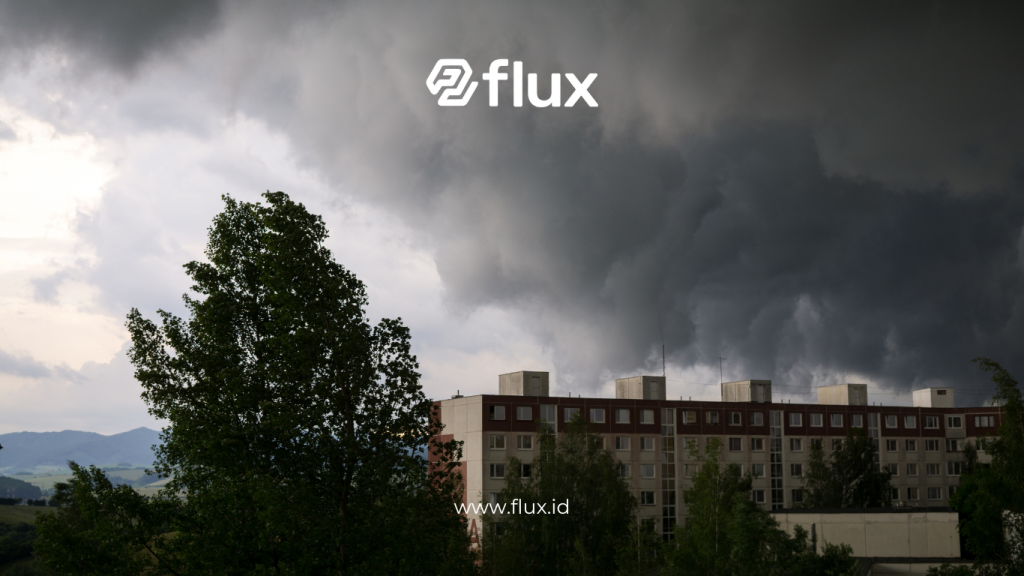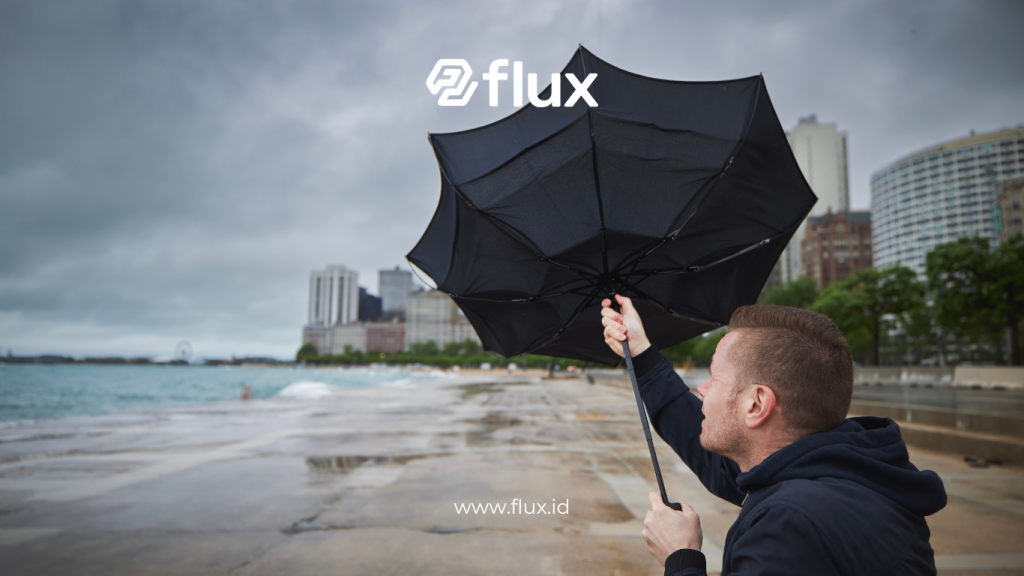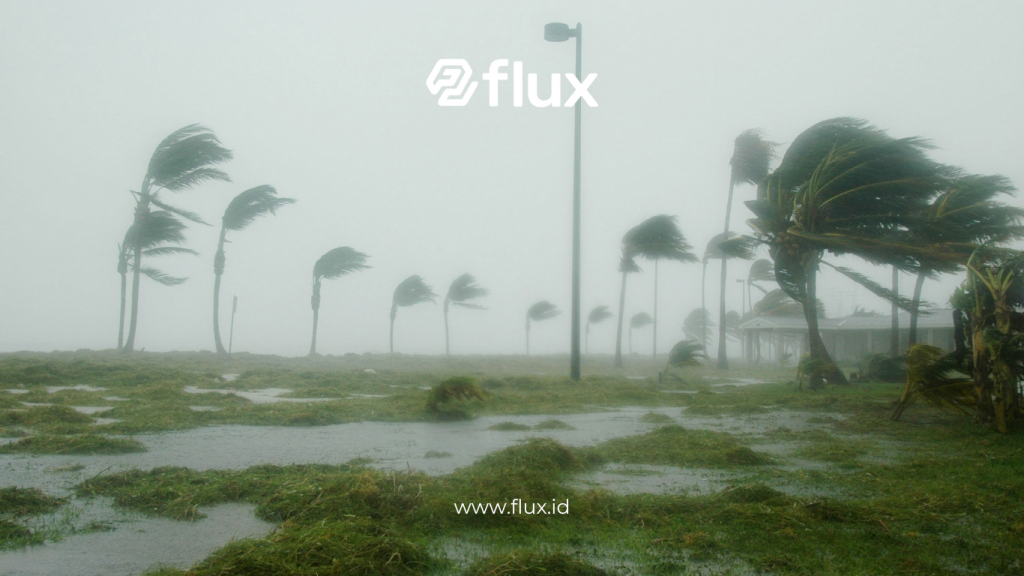Don't miss our holiday offer - 20% OFF!
Storms and strong winds are natural phenomena that can cause significant damage to infrastructure, the environment, and human lives. With advancements in technology, IoT sensors have become an effective solution for real-time storm monitoring. This article explores how IoT sensor technology is used to improve safety and accelerate responses to storm threats.
Contents
- 1 1. Understanding IoT Sensor Technology
- 2 2. Key Components of IoT-Based Storm Monitoring Systems
- 3 3. Advantages of IoT Technology for Storm Monitoring
- 4 4. Applications of IoT Sensor Technology in Storm Monitoring
- 5 5. Challenges in Implementing IoT Sensors
- 6 6. Case Studies: IoT Sensor Implementation in Storm-Prone Regions
- 7 7. The Future of IoT Sensor Technology in Storm Monitoring
- 8 Conclusion
1. Understanding IoT Sensor Technology

Read More: IoT Sensors for Storm and High Wind Monitoring: Advanced Technology for Early Disaster Detection
What Are IoT Sensors?
IoT sensors are devices that can collect environmental data, such as wind speed, atmospheric pressure, and humidity. These devices are connected via the internet to send data directly to a central system.
Functions of IoT Sensors in Storm Monitoring
- Measuring Wind Speed: IoT anemometer sensors provide highly accurate wind intensity measurements.
- Monitoring Air Pressure: Changes in air pressure can serve as an early indicator of storms.
- Detecting Rainfall: IoT sensors help track rainfall levels that contribute to flooding.
2. Key Components of IoT-Based Storm Monitoring Systems
1. Meteorological Sensors
- Anemometers, barometers, and temperature sensors are essential for measuring weather variables.
2. Communication Modules
- IoT sensors use protocols like LoRaWAN and 5G to efficiently transmit data to central servers.
3. Analytics Platforms
- Collected data is processed using AI to generate storm predictions and early warnings.
3. Advantages of IoT Technology for Storm Monitoring

Read More: How Anemometer Sensors Work in Tropical Storms
1. Real-Time Monitoring
IoT sensors allow weather data to be accessed instantly by authorities and the public.
2. Rapid Response to Threats
Real-time data enables disaster response teams to address storm threats swiftly.
3. Cost Efficiency
IoT systems reduce the need for manual monitoring, making them more cost-effective.
4. Scalability
This technology can be deployed in various locations, from urban areas to rural regions.
4. Applications of IoT Sensor Technology in Storm Monitoring
1. Early Warning Systems
Data from IoT sensors is used to deliver early warnings via SMS, apps, or automated sirens.
2. Infrastructure Monitoring
IoT sensors help monitor the structural integrity of bridges and buildings during storms.
3. Disaster Risk Mitigation
Data analytics supports more effective evacuation planning and minimizes storm impacts.
5. Challenges in Implementing IoT Sensors

Read More: Early Detection of Tropical Storms with IoT Sensors
1. Network Infrastructure
In remote areas, inadequate internet networks pose a major challenge.
2. Data Security
Cyber threats can disrupt IoT system operations.
3. High Initial Implementation Costs
Although cost-effective in the long run, initial setup expenses can be high.
6. Case Studies: IoT Sensor Implementation in Storm-Prone Regions
1. United States
In the U.S., the National Weather Service uses IoT sensors to monitor tropical storms and issue early warnings.
2. Indonesia
BMKG has started adopting IoT technology to monitor strong winds and storms in vulnerable areas like coastal regions.
7. The Future of IoT Sensor Technology in Storm Monitoring

Read More: How Weather Sensors Support Park Departments: Technology and Benefits for Better Park Maintenance
1. Integration with AI and Big Data
Combining IoT with AI enables more accurate storm predictions.
2. Use of Renewable Energy
Future IoT sensors will rely on solar panels to operate in remote locations.
Conclusion
IoT sensor technology is revolutionizing how we monitor and respond to storms. With real-time monitoring capabilities, cost efficiency, and scalability, this technology is an essential tool for protecting communities and infrastructure from storm threats. Proper implementation, supported by data analytics and AI, will ensure that the impacts of storms are effectively minimized.
This technology not only enhances safety but also provides faster responses, making it a key aspect of disaster risk management in the future.





